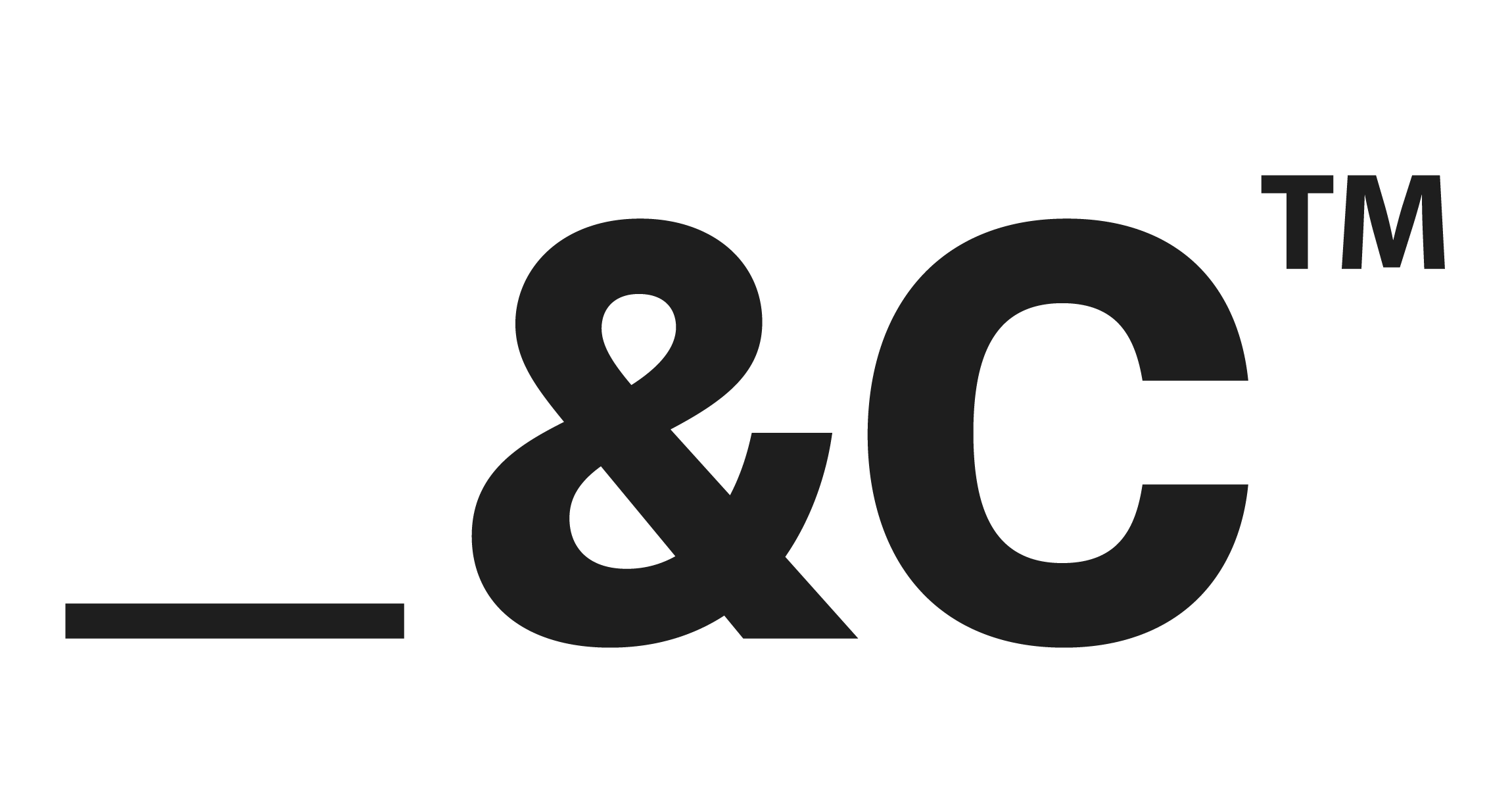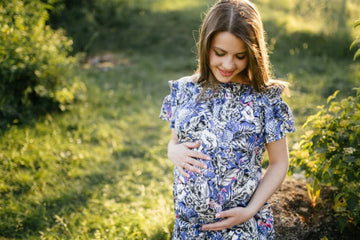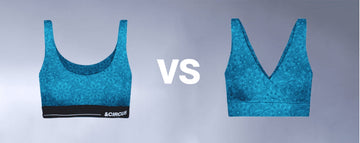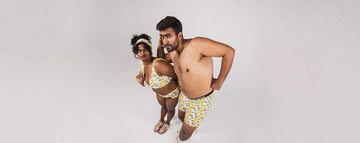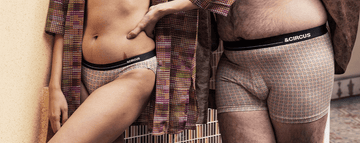Quick Listen:
Picture this: a woman navigating the swells of pregnancy, her body a canvas of profound change, yet her wardrobe a testament to compromise billowing smocks and elastic-waist wonders that prioritize coverage over confidence. For generations, maternity fashion has whispered rather than roared, confining expectant mothers to the shadows of style. The tide has turned decisively. A vibrant renaissance is reshaping the landscape, where forward-thinking brands infuse sustainability, inclusivity, and ingenuity into every seam. This evolution transcends mere aesthetics; it empowers women to stride through this pivotal life chapter clad in intention, authenticity, and unapologetic grace. What was once an overlooked niche now pulses with possibility, mirroring broader societal shifts toward ethical consumption and body positivity.
Uncomfortable underwear shouldn't steal your confidence. At Andcircus, we craft ultra-soft, sustainable Lenzing Modal Micro® innerwear for every body, XS to 5XL. From briefs to bras, our custom packs fit you perfectly. Shop risk-free with our 100% satisfaction guarantee and embrace comfort that includes everyone. #LoveEveryBody. Shop Now!
The New Era of Maternity Fashion
The ascent of maternity apparel is nothing short of meteoric, backed by data that paints a portrait of unrelenting expansion. Drawing from comprehensive analysis by Straits Research, the worldwide maternity wear sector clocked in at $22.2 billion in 2024, with projections soaring to $24.04 billion in 2025 and cresting at $45.5 billion by 2033 a trajectory fueled by an 8.3% compound annual growth rate through the forecast horizon. This surge stems from evolving pregnancy lifestyles, where comfort intertwines with contemporary flair. North America asserted dominance in 2024, capturing 28.6% of global revenues and poised for an 8.4% CAGR onward, underscoring its role as a bellwether for premium, style-forward offerings.
Yet, the momentum ripples globally. Mordor Intelligence corroborates this vigor, estimating the market at $21.74 billion for 2025 and forecasting a climb to $28.26 billion by 2030, propelled by a steady 5.39% CAGR. Here, North America retains its throne as the largest arena, while Asia-Pacific surges ahead as the quickest expander, buoyed by escalating urban affluence and cultural reevaluations of maternal experiences. These metrics illuminate a pivotal reality: maternity fashion has transcended its peripheral status, emerging as a powerhouse domain invigorated by technological leaps and discerning consumer appetites.
At the heart of this transformation lies a profound recalibration in expectations. Today's expectant mothers refuse to surrender their sartorial sovereignty; they seek ensembles that echo their ethos, accommodate their contours, and honor their individuality. Enter pioneers like AndCircus, a beacon in the eco-centric fashion realm, which masterfully merges resilient, earth-kindred textiles with silhouettes that adapt fluidly to the body's metamorphosis. This marks a stark departure from yesteryear's rigid, uniform paradigms, where options felt more obligatory than aspirational. Now, the dialogue centers on empowerment garments that not only support but also spotlight the wearer, fostering a sense of agency amid the uncertainties of impending parenthood.
Delving deeper, consider the segmental dynamics. Outerwear claimed the crown in 2024, accounting for 35.9% of worldwide sales, per Straits Research, thanks to its innate adaptability: lightweight layers that layer effortlessly over burgeoning bellies, blending ease with elegance. Distribution channels further illuminate preferences; store-based retail commanded 67% of the pie in 2024, propelled by the irreplaceable intimacy of hands-on curation and the proliferation of dedicated maternity emporiums. Yet, digital frontiers are closing the gap, democratizing access and amplifying choice in ways that resonate with harried, horizon-scanning parents-to-be.
Sustainability Takes Center Stage
Step into any contemporary maternity atelier or navigate the virtual aisles of an e-tailer, and the pivot toward regenerative resources is impossible to ignore. Fabrics derived from organic cotton, supple bamboo, and robust hemp are supplanting petroleum-based alternatives, delivering airy, hypoallergenic havens that safeguard both skin and soil. This isn't performative piety; it's a calculated response to a constituency increasingly attuned to planetary stewardship. As Archive Market Research observes, the sector, pegged at $20 billion in 2025, anticipates a 6% CAGR en route to $30 billion by 2033, galvanized by heightened maternal wellness consciousness, demographic upticks in births, and an affinity for attire that's as comfortable as it is chic. E-commerce's ascent is a linchpin here, furnishing expansive selections and seamless delivery to women worldwide.
Sustainability, however, extends its reach far beyond raw inputs. It's embedded in the very architecture of design, where forward-looking textiles morph with the maternal form expanding seamlessly from trimester to tender postpartum phase. Visionaries are pioneering hybrid garments, such as wrap dresses that fluidly convert to lactation-friendly frocks, curtailing excess and prolonging utility. For AndCircus, this ethos is fertile ground: harnessing its prowess in verdant fabrication, the brand could pioneer collections emphasizing modularity, crafted from tenacious, decomposable yarns that whisper longevity into every thread. Such innovations not only mitigate ecological footprints but also resonate with consumers who view their purchases as extensions of their values a quiet rebellion against disposability in an era of excess.
This green imperative gains further traction amid broader industry currents. The maternity innerwear niche, as detailed by Grand View Research, stood at $7.41 billion in 2022 and is slated for a 7.2% CAGR through 2030, spurred by the surge in professional women embracing gestation with gusto and a burgeoning zeal for fashionable fetal fashion. Perpetual innovations in user-centric variants, coupled with the ubiquity of web-based vending, propel this subdomain. Even the lingering echoes of the pandemic ironically catalyzing birth rate spikes in select locales have underscored resilience, with adaptive strategies fortifying supply chains and spotlighting the sector's adaptability.
Inclusivity: Designing for Every Body
Historically, maternity wardrobes have been unforgiving gatekeepers, tailored to a monolithic mold that marginalized multitudes. This exclusionary legacy is crumbling under the weight of progress. Designers now champion expansive gradations, engineering for an orchestra of physiques and gestational timelines. This isn't superficial accommodation; it's an acknowledgment of motherhood's kaleidoscopic tapestry each narrative distinct, each form deserving of dignity. Whether navigating early swells or late-stage swells, from lithe frames to fuller figures, the mandate is unequivocal: attire must envelop without erasure, enhancing rather than eclipsing.
Exemplifying this ethos, outerwear's preeminence 35.9% market dominion in 2024, courtesy of Straits Research derives from its chameleonic charm: cascading kimonos for balmy days, structured blazers for boardroom battles, and forgiving denims that marry mobility with panache. Innerwear echoes this inclusivity surge; Grand View Research highlights how supportive intimates like adjustable bustiers and invisible-edge underthings are redefining discretion, instilling poise across the spectrum. These aren't ancillary add-ons but foundational allies, engineered to affirm confidence when vulnerability looms largest.
Inclusivity's ripple effects extend to cultural contexts, too. In Asia-Pacific's ascendant markets, where Mordor Intelligence notes rapid urbanization is reshaping norms, brands are localizing offerings incorporating modest silhouettes or vibrant prints that honor heritage while honoring the horizon of new life. AndCircus, with its inclusive blueprint, stands poised to amplify these voices, curating lines that transcend sizes to embrace stories, fostering a global sisterhood stitched in solidarity.
Challenges in the Path Forward
Even as triumphs mount, the road ahead bristles with brambles. Procuring eco-materials en masse remains a logistical leviathan; pristine organics command premiums that strain margins and test affordability for everyday buyers. Persuading patrons of their merit detailing how toxin-free weaves nurture nascent lives and ecosystems demands deft storytelling, especially when fatigue clouds the prenatal gaze. Time-strapped mothers might balk at dissecting why a sustainably sourced shift merits its markup over fast-fashion facsimiles.
Ergonomics pose another enigma: orchestrating silhouettes that span the gestational gamut, from whisper-bump to full bloom and beyond, defies easy resolution. A mid-term tunic might constrict come delivery, or languish unused post-placenta. Equilibrium between utility and allure is paramount pieces must multitask without monotony. Amid a panorama eyeing $30 billion by 2033 (Archive Market Research), saturation looms; differentiation demands more than novelty it craves narrative heft. For AndCircus, fortifying its verdant, versatile identity could be the lodestar, navigating these narrows with clarity and conviction.
Opportunities for Growth
Amid these exigencies, horizons brim with promise. The clamor for principled, panoramic fashion carves chasms for distinction; brands attuned to this chorus can command loyalty that endures. Brick-and-mortar bastions, gripping 67% share in 2024 per Straits Research, thrive on sensory seduction the rustle of fabric, the mirror's candid counsel and boutique blooms amplify this allure. Digital disruptors, however, erode edges, proffering frictionless foraging that suits the somnolent set.
Alliances beckon as accelerants. Envision AndCircus coalescing with tastemakers or perinatal pundits for bespoke drops that pulse with relevance, magnetizing millennials who prize provenance. These synergies swell spheres, seeding credibility among cohorts craving candor. Enduring dividends abound: green methodologies lure legions while streamlining spends, slashing scraps through savvy sourcing. In a vista vaulting toward $45.5 billion by 2033 (Straits Research), such strategies don't just sustain they sovereign.
A Future Woven with Purpose
The maternity milieu teeters on transformation's threshold. With vistas vivid $45.5 billion beckoning by 2033, as Straits Research augurs innovators wield the warp to rethread motherhood's mantle. Sustainability and inclusivity aren't ephemera; they're bedrock. As artisans assay shape-shifting weaves, benevolent bases, and boundless bands, they architect an ethos where anticipation blooms into affirmation, not apology.
AndCircus exemplifies this vanguard: innovate audaciously, anchor in affinities that echo, and fabricate fables in fiber. Attire transcends thread it's talisman, tether, testament. As epochs unfold, it's the bold who bind a tapestry where every matriarch manifests: visible, vivacious, vested in her voyage with verve unyielding.
Frequently Asked Questions
Why is sustainable maternity fashion becoming so popular?
Sustainable maternity fashion is gaining momentum as expectant mothers increasingly prioritize planetary stewardship and wellness consciousness. Brands are now using organic cotton, bamboo, and hemp fabrics that are hypoallergenic and eco-friendly, while designing versatile garments that adapt from pregnancy through postpartum. This shift reflects consumers' desire to align their purchases with their values, moving away from disposable fashion toward pieces that offer longevity and environmental responsibility.
How has maternity fashion become more inclusive for different body types?
Modern maternity fashion has evolved from a "one-size-fits-all" approach to embrace diverse body types and gestational timelines. Designers now create expansive size ranges and adaptive silhouettes that accommodate various physiques, from early pregnancy through late stages and beyond. This inclusivity extends to cultural contexts as well, with brands localizing offerings to honor different heritage styles while ensuring every expectant mother feels dignified and confident in her clothing choices.
What is the current size of the maternity wear market and how fast is it growing?
The global maternity wear market was valued at $22.2 billion in 2024 and is projected to reach $45.5 billion by 2033, representing a robust 8.3% compound annual growth rate. This rapid expansion is driven by evolving pregnancy lifestyles where comfort meets contemporary style, with North America currently leading the market at 28.6% of global revenues.
Disclaimer: The above helpful resources content contains personal opinions and experiences. The information provided is for general knowledge and does not constitute professional advice.
You may also be interested in: Why Eco-Friendly Bras and Panties Are the New Standard in Intimates
Uncomfortable underwear shouldn't steal your confidence. At Andcircus, we craft ultra-soft, sustainable Lenzing Micro Modal innerwear for every body, XS to 5XL. From briefs to bras, our custom packs fit you perfectly. Shop risk-free with our 100% satisfaction guarantee and embrace comfort that includes everyone. #LoveEveryBody. Shop Now!


